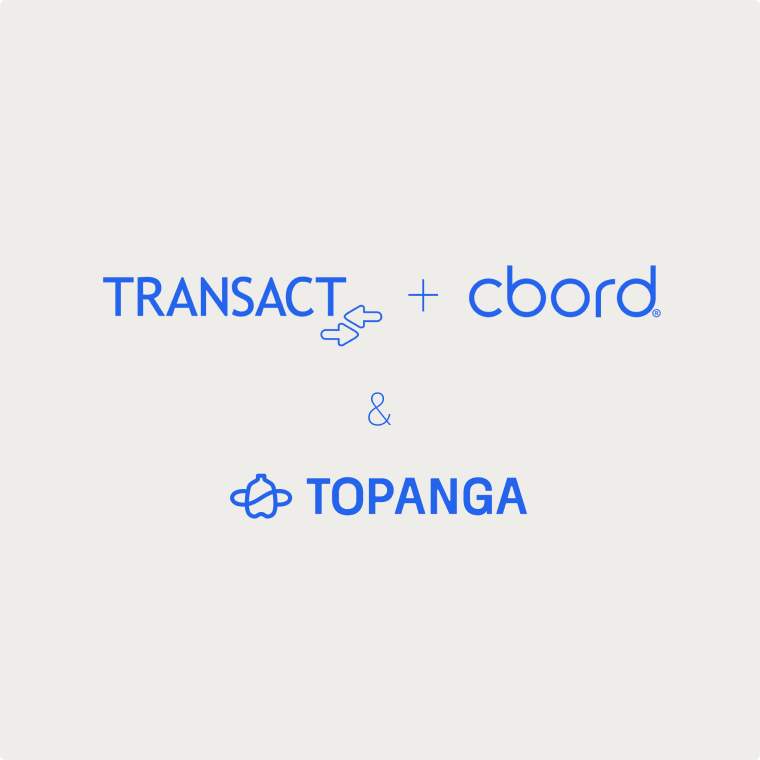
Why Tracking Only Food Waste Leaves Savings on the Table
Minimize food waste with accurate data from every stage of production—for better decisions and bigger savings.

Greater Efficiency From Better Production Data
Foodservice leaders are well aware of how food waste is cutting into dining budgets—ReFed estimates that $9.9 billion worth of food went unused or unsold in 2023 across U.S. enterprise foodservice. But solving this costly problem requires more than just waste tracking: teams need better tools to plan and prepare the right amount of food for diners.
When culinary teams make production decisions based on guesstimates and incomplete information, waste is inevitable. Chefs can't lead with confidence when they're relying on outdated spreadsheets with basic, traffic-based projections. They deserve greater clarity, like being able to place orders or build menus based on what was actually prepared, carried over, and wasted in the previous cycle. And cooks deserve better days than scrambling to fire more tilapia for unexpectedly popular fish tacos, or prepping trays of scrambled eggs that go untouched and straight to the trash.
Topanga is building the technology to optimize every stage of production in foodservice kitchens, leading to less stress and bigger savings.
The Foodservice Incentive for Smarter Production Planning

Overproduction (excess) is the second-largest cause of food waste across all sectors—and overproduction is the most expensive form of waste, when accounting for both invested time and opportunity cost. Overproduced food is much more difficult to repurpose given recipe complexity (raw carrots versus a farro, feta, and carrot salad), and as soon as a dish is fired, its shelf life is limited.
Persistent inflation and high ingredient costs have led the value of food waste to outpace the increase in volume over the last few years, and price outlooks are not promising. New immigration policies could lead to labor shortages and tariff uncertainties are conributing to increases in food prices. With the right technology, dining directors can protect their budgets from this economic uncertainty by ensuring valuable resources don't go to waste.
Do you know how much food gets thrown away in your kitchen? Let's discuss how we can build your path to better production together.
Limited Food Waste Tracking Misses Crucial Production Nuances
There’s widespread distrust in the data currently available to teams, leading to guaranteed waste: many hospitality organizations can’t depend on the accuracy of their forecasts, so prepare 10% more food than is projected to avoid running out. This is not unique to hospitality—we’ve heard from many colleges & universities that also feel they must over-order and over-produce to guarantee that promised menu items are always available in ‘all you can eat’ environments.
Better forecasting can only occur with data that reflects what occurred during service; limiting analysis to only waste data ignores key changes across planned, prepared, and carryover.
To illustrate: on Monday, a sous chef prepares two fewer pounds of pork shoulder than he was supposed to, but that was actually for the best—there’s very little left at the end of the meal. Or, let’s say a cook was able to save and chill three pounds of grilled chicken breasts from lunch service to use in dinner’s salad bar, so now the dinner team should prepare less chicken. If a chef were to take that Monday’s planned quantities as truth, they’re basing next Monday’s plan off inaccurate information, leading to waste.
When teams have the right tools to quickly record what they actually prepared, what was carried over, and what is waste (overproduction, trimmings, or spoilage), then chefs can immediately act on that day’s reality and build better plans for the future.
How Topanga’s StreamLine Enables Cost-Saving Clarity
Topanga’s StreamLine enables culinary teams to record information across every stage of production in seconds.

In addition to documenting waste, cooks can also place trays of prepared or leftover food on the countertop smart scale. In one tap, StreamLine captures the observation’s weight and takes a photo. All production data is automatically matched to menu items and sent to your menu management system, replacing hours of manual data entry with accurate, real-time results.
Armed with insights, chefs are empowered to: adjust order volumes to increase ingredient utilization, grow team trust with accurate production plans, meet (and exceed) cost reduction goals, and make more popular meals. By using StreamLine, foodservice teams have made better production decisions that resulted in 50% less waste for key items like tilapia and oatmeal.
Cutting-edge kitchens operate on clarity, not chaos. We’re building technology to help culinary teams preserve precious resources—which starts with a foundation of accurate data.
Ready to explore how StreamLine will drive informed, effective decisions? Book time with our team here.
.svg)


